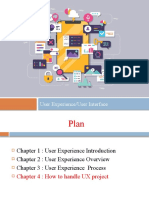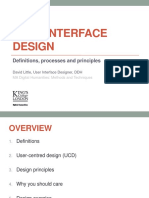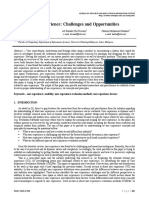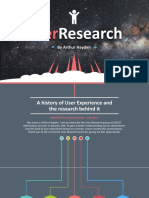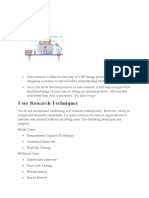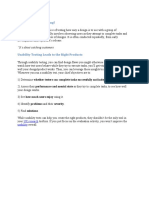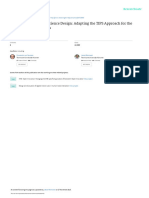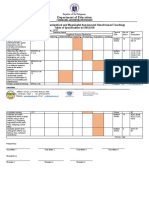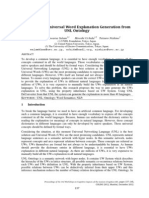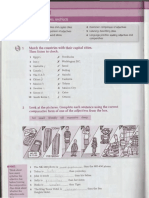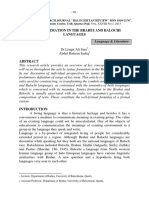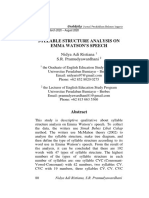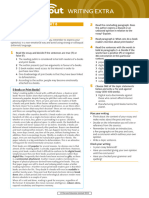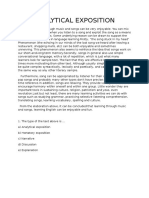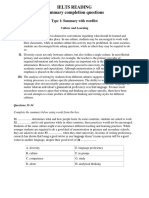0% found this document useful (0 votes)
3 views6 pagesDT Unit 3
The document discusses ethnographic research as a qualitative method for understanding cultural and social contexts, highlighting techniques such as participant observation and digital ethnography. It differentiates between user experience (UX) and user interface (UI), emphasizing the importance of emotional responses and visual design in product interaction. Additionally, it outlines approaches to studying user experience, common challenges users face, and suggests that these challenges can be transformed into opportunities for improvement.
Uploaded by
jervis tonyCopyright
© © All Rights Reserved
We take content rights seriously. If you suspect this is your content, claim it here.
Available Formats
Download as PDF, TXT or read online on Scribd
0% found this document useful (0 votes)
3 views6 pagesDT Unit 3
The document discusses ethnographic research as a qualitative method for understanding cultural and social contexts, highlighting techniques such as participant observation and digital ethnography. It differentiates between user experience (UX) and user interface (UI), emphasizing the importance of emotional responses and visual design in product interaction. Additionally, it outlines approaches to studying user experience, common challenges users face, and suggests that these challenges can be transformed into opportunities for improvement.
Uploaded by
jervis tonyCopyright
© © All Rights Reserved
We take content rights seriously. If you suspect this is your content, claim it here.
Available Formats
Download as PDF, TXT or read online on Scribd
/ 6








